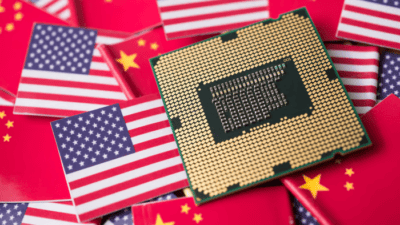This article was originally published on Fool.com. All figures quoted in US dollars unless otherwise stated.
It might be hard to imagine, but Amazon.com Inc (NASDAQ: AMZN) began only 30 years ago as an online bookseller. Now, the site sells a wide range of goods. The business has grown quickly and includes the popular Amazon Prime subscription service, electronic devices, and Amazon Web Services (AWS).
The company's shares have also generated a lot of wealth for investors. Investors who bought shares a decade ago and held them would have seen an increase of almost 1,000%.
Trouncing the market
Amazon's initial public offering (IPO) was in 1997 when its sales were about $148 million. The figure grew to nearly $575 billion last year.
But you don't have to have bought the shares at the IPO price to make a lot of money. Over the last decade, Amazon's shares have appreciated 945%, easily outperforming the S&P 500's 227% total return.
Even starting with a relatively small $1,000 just 10 years ago, you would now have about $10,500. Placing the same amount in the S&P 500 would've resulted in about $3,300.
Amazon's stock will likely have a hard time reproducing those kinds of returns over the next 10 years, but that doesn't mean they aren't worth buying.
Amazon shares have a price-to-earnings (P/E) ratio of 39, much higher than the S&P 500's 27 multiple. That suggests the market has high expectations for Amazon's growth.
Cloud computing business AWS remains the company's main profit generator. The unit's sales grew 18.6% to $26.3 billion in the most recent quarter, and operating income went from $5.4 billion to $9.3 billion.
It also has the highest operating margin, 36.5%, among the company's three segments. Given the business's demand for data, prospects look good, and the artificial intelligence push could give the business a further boost.
However, given the relatively high valuation, you may want to employ dollar-cost averaging to purchase shares over time. That way, you invest small sums at regular intervals and won't have to worry about timing the market.
This article was originally published on Fool.com. All figures quoted in US dollars unless otherwise stated.









